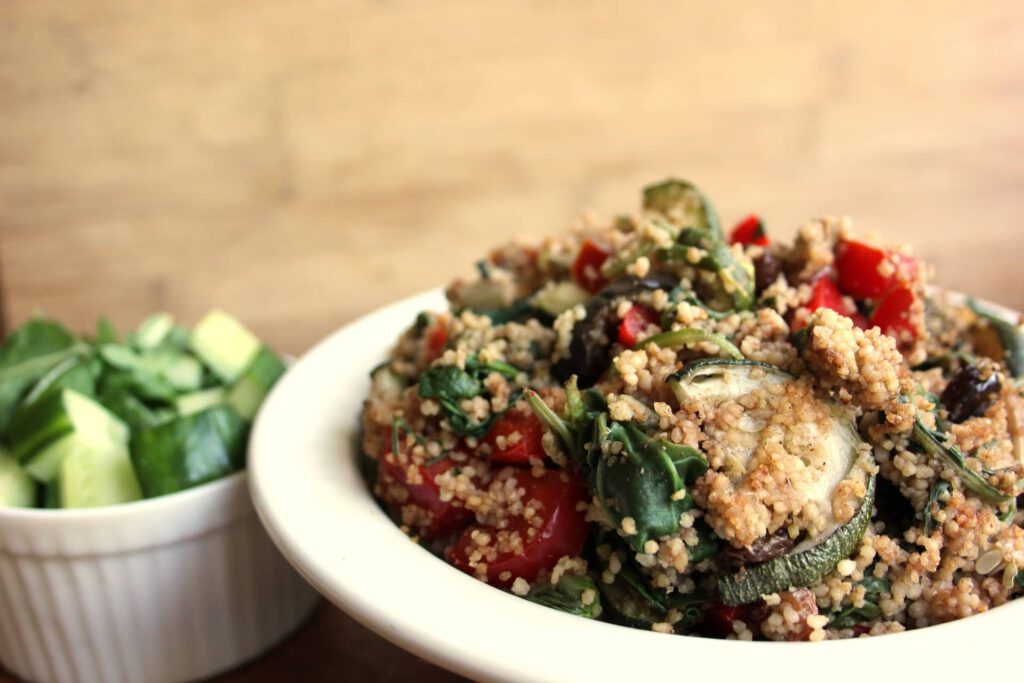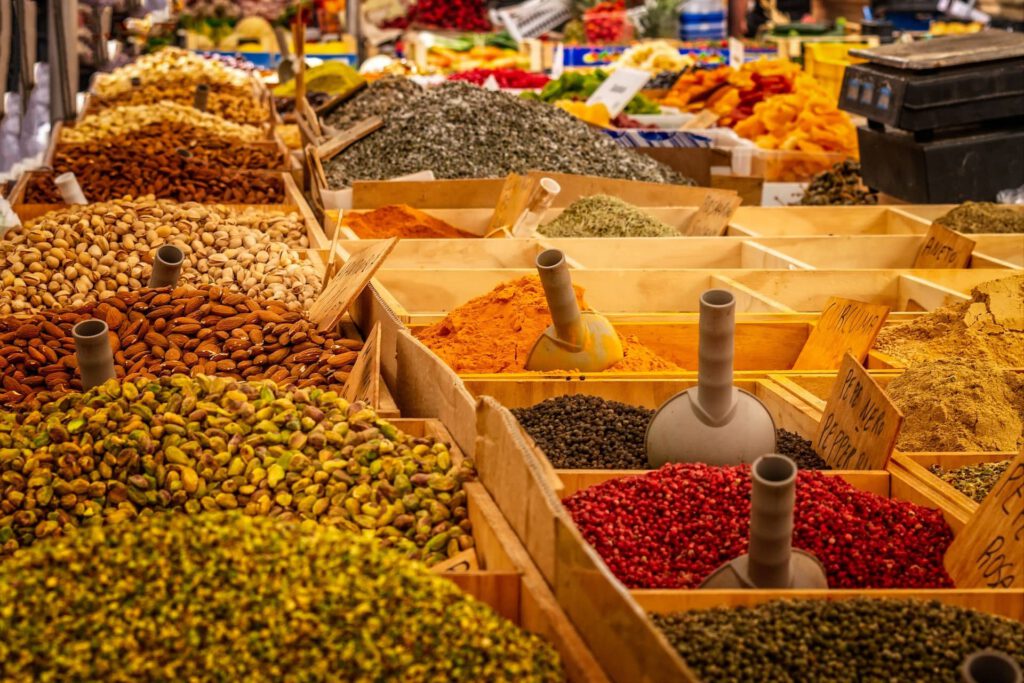Take your tastebuds on a journey that crosses the Atlantic Ocean to a place filled with colors, vibrancy, and 21 countries offering bursts of flavor and healthy foods that provide the key to better managing multiple types of arthritis.
The Mediterranean Sea is a stretch that separates Europe and Africa, and the foods can blow your mind.
Think of Spain, Greece, Lebanon, Italy, Morocco, France, Croatia, and Ethiopia, and take those fragrant foods in through your senses.
Some of the best foods in the world come from the Mediterranean region, and so does the diet that has proven to be an effective management tool for arthritis.
Welcome to the diet that offers all the safe options and none of the bad ones.
Does This Diet Work?
Indeed, the diet comes with many benefits.
It’s capable of reducing hypertension by promoting better heart health, according to the United States National Library of Medicine (NLM).
Better heart health is connected to improved arthritis management.
The heart needs to pump efficiently to get oxygen to all organs and tissue in your body.
This is how helpful nutrients travel to various parts of the body.
Another review published in Rheumatology International also concurred that a healthy heart can help to improve rheumatoid arthritis.
Mediterranean nutrition has improved longevity in that region that hasn’t been matched by Americans or Northern Europeans.
Even osteoarthritis is beaten down by the natural and delicious flavors and fragrances from this region.

Beneath it all, this lifestyle also promotes anti-inflammatory foods and ingredients, making it a rival for any inflammatory condition, which includes most types of arthritis.
Inflammation goes down, and the immune system reboots.
To round it up perfectly, it’s also a solution to high uric acid levels and gout.
What more could you ask for?
What You Should Do
The Mediterranean lifestyle promotes wholesome foods as natural to their original state as possible.
It includes plenty of vegetables, fruits, whole grains, fresh fish from the sea, healthy fats, and legumes.
Frozen fish isn’t recommended.
Instead, eat it as the fisherman directly brings it to the fire.
Gout patients must eat fish in moderation and stay away from any previously frozen or packaged fish.
However, fish high in omega-3 fats are great for other kinds of arthritis.
They act as an anti-inflammatory agent.
This region particularly takes pride in the natural herbs and spices that make their foods tastier with every bite.
Additionally, the Mediterranean lifestyle concentrates on meals from legumes, vegetables, whole grains, and spices, without using meat or protein.
Dairy is ill-advised unless it’s fat-free and organic.
Another welcome treat for some people is that this diet allows moderate consumption of dry red wine.
However, this isn’t recommended for anyone with gout because alcohol impacts the kidneys and raises uric acid in the bloodstream.
You’ll also limit carbohydrates, such as candy, cake, and white bread.
What You Should Eat
Some foods set staple nutrition for the Mediterranean lifestyle, and they include:
- Vegetables, such as broccoli, spinach, kale, eggplant, tomatoes, zucchini, onions, cauliflower, carrots, and brussels sprouts
- Fruits, such as bananas, apples, pears, oranges, strawberries, blueberries, blackberries, cherries, melons, grapes, figs, and peaches
- All whole grains must be organic, and they include barley, bulgur, farro, couscous, millet, polenta, buckwheat, steel-cut oats, seeded bread, and brown rice
- Healthy fats, such as avocados, raw nuts, extra-virgin olive oil, and seeds
- Legumes, such as lentils, beans, and chickpeas
- Herbs, including garlic, mint, oregano, parsley, sage, thyme, cumin, fennel, basil, rosemary, bay leaf, and clove
- Spices, including black pepper, cinnamon, nutmeg, curry powder, ginger, paprika, mustard powder, saffron, turmeric, coriander, and crushed red pepper

Here’s a favorite to try in place of bread.
Injera is an Ethiopian flatbread made from teff flour, and it has a spongy texture that allows for easy finger scooping, similar to naan bread.
Use a gluten-free recipe that keeps arthritis in mind.
Injera makes an easy staple food that replaces bread and rice, and it can be eaten with any of the fragrant Mediterranean dishes.
The secret lies in the teff flour.
Teff is a great alternative to gluten, and it acts as an anti-inflammatory agent.
Foods to Eat in Moderation
Some foods can be eaten but only in moderation. They include:
- Free-range eggs
- Organic and ethically raised poultry (preferably chicken breast without the skin)
- Freshly caught fish like salmon, tuna, and mackerel
- Little to no lean red meat with all the fat trimmed
- Fat-free yogurt, cheese, and milk
What to Avoid
Some foods can’t be eaten in this lifestyle, and for good reason.
The Mediterranean region avoids foods that cause inflammation and toxic imbalances in the microbiome and immune system, including:
- Refined grains like white bread, white flour, white rice, white pasta, and pizza dough
- Bad oils, including canola, sunflower, vegetable, cottonseed, and soybean oil
- Harmful sugars and artificial sweeteners in sodas, candy, cakes, pastries, and ice cream
- Any processed or packaged foods, such as deli meat, sausages, and hot dogs. Don’t fall for anything that says low-fat or diet either.
Start reading labels and stick to foods with a single ingredient.
Otherwise, try foods with ingredients you easily recognize.
Final Thoughts

The Mediterranean lifestyle is just that.
It’s a long-term change that allows you to follow your senses to a foreign land of colorful and delicious meals.
Learn to manage your arthritis in a way that leaves you smiling after every meal.

Doctor Loy
Loy Puckett MD
Emergency Medicine – 28 Years Experience


